Why Annoushka Entered China Market with Chow Tai FookяМ
March 12,2020
At this stage, the Chinese jewelry industry still consists of single-brand stores taking the lead, supplemented by brand collection stores. However, with more and more local and overseas new and cutting-edge brands entering the high-demand Chinese consumer market, brand collection stores are becoming a trend that cannot be ignored in the jewelry retail industry.
Chinese multi-brand jewelry stores have entered a critical period of development after several rounds of adjustment and upgrading. More and more jewelry brand stores are constantly pouring into shopping malls and shopping centers with a new image. It is not hard to find that, even though many of the collection stores focus on overseas jewelry brands, the driver behind the scenes is always a Chinese jewelry group or even a commercial real estate retail enterprise.
Then what is the real pain point when overseas brands with opportunities enter the Chinese market? Does the vigorous spread of the brand collection store retail mode become a priority for them? And what can a diversified jewelry group that enters this segment bring to the brand?
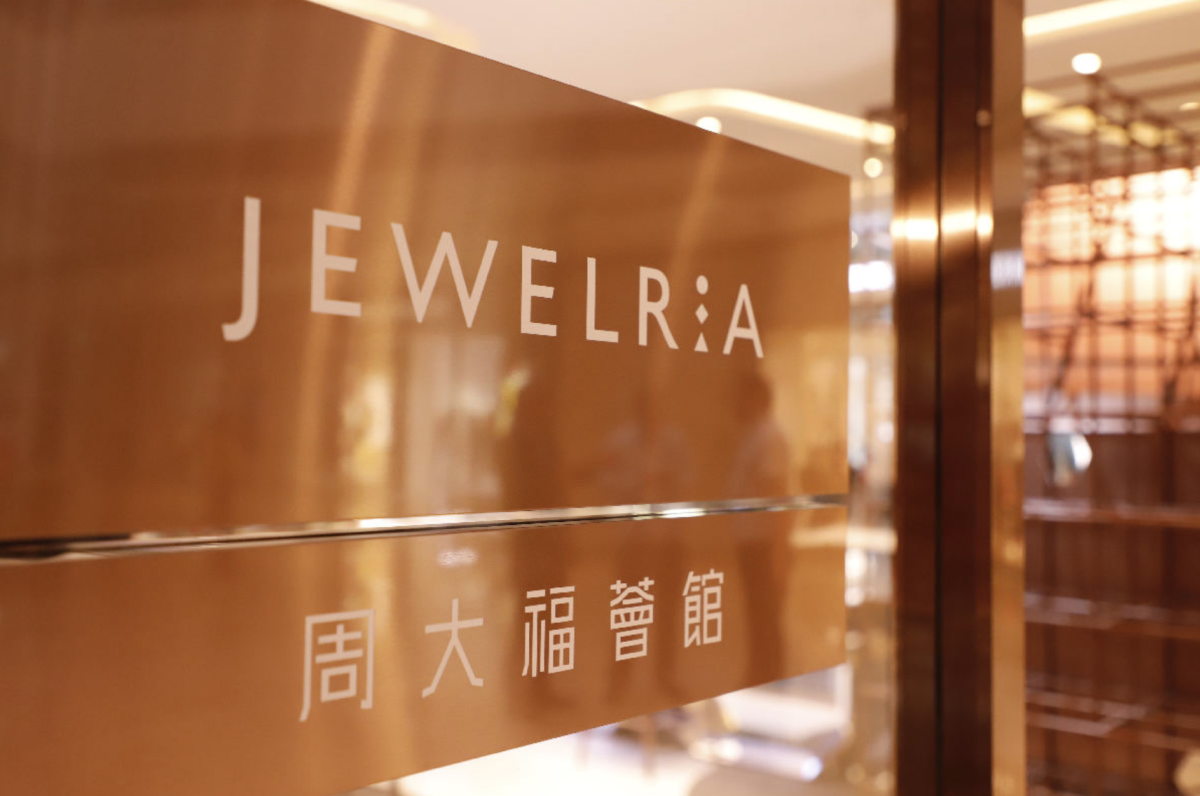
On September 21, JEWELRIA, a multi-brand jewelry collection store owned by the Chow Tai Fook Jewelry Group (hereinafter referred to as Chow Tai Fook), officially opened its limited-time boutique in Shanghai Kerry Center. Many international jewelry brands that exclusively cooperate with JEWELRIA made their debut in this boutique.
Luxe.Co took this opportunity to have an exclusive interview with Liao Zhenwei, the executive director of Chow Tai Fook, and two of his colleagues, Annoushka Ducas MBE, the founder of British jewelry brand, Annoushka and Nobutaka Imanishi, the chairman and the president of the Japanese premium jewelry brand, Kagayoi.

Т
Brief introduction
Founded in 1929, the Chow Tai Fook Jewelry GroupТ is widely recognized for its trustworthiness and authenticity. Chow Tai Fook has become one of the top 10 in the keenly-watched Deloitte тGlobal Powers of Luxury Goodsт annual ranking throughout its rich 90-year heritage, even beating luxury powerhouses such as HermУЈs International and Rolex. It is no exaggeration to say that Chow Tai Fook is one of the most popular jewelry brands in China.
The Groupтs strength is its multi-brand strategy, with different international jewelry product offerings to satisfy the demand of increasingly sophisticated customers. This has given birth to JEWELRIA, a combination of тJewelryт and тGalleriaт, as a тdesignersт hubт to gather the world's best jewelry in one store.
One of the principal characters in the corporation, Annoushka Ducas, founded the jewelry brand, Annoushka, in 2009, with its headquarters in London, UK. Annoushkaтs first flagship store in Asia was opened in 2017 at the Mandarin Oriental Hotel in Hong Kong.
On the other hand, Imayo, the parent company of Kagayoi, which originated in Kyoto, Japan, is a family business with more than 150 years of jewelry production history. Five years ago, Imayo founded the Kagayoi brand to design, manufacture and sell a series of jewelry inspired by Japan's nature, culture and history. Kagayoi brings together some of Japan's top craftsmen, some of whom have worked for Imayo for more than 30 years and have integrated modern innovation based on the inheritance of traditional skills.
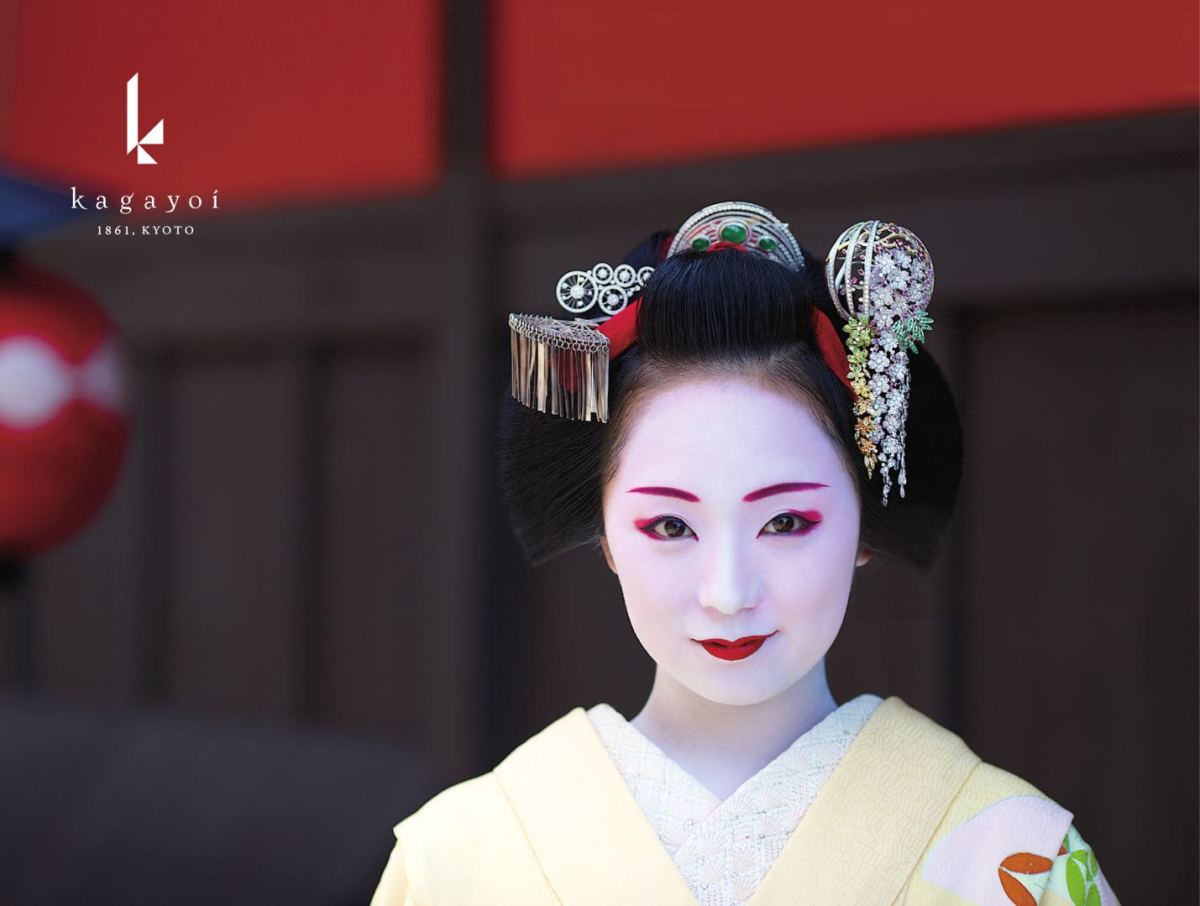
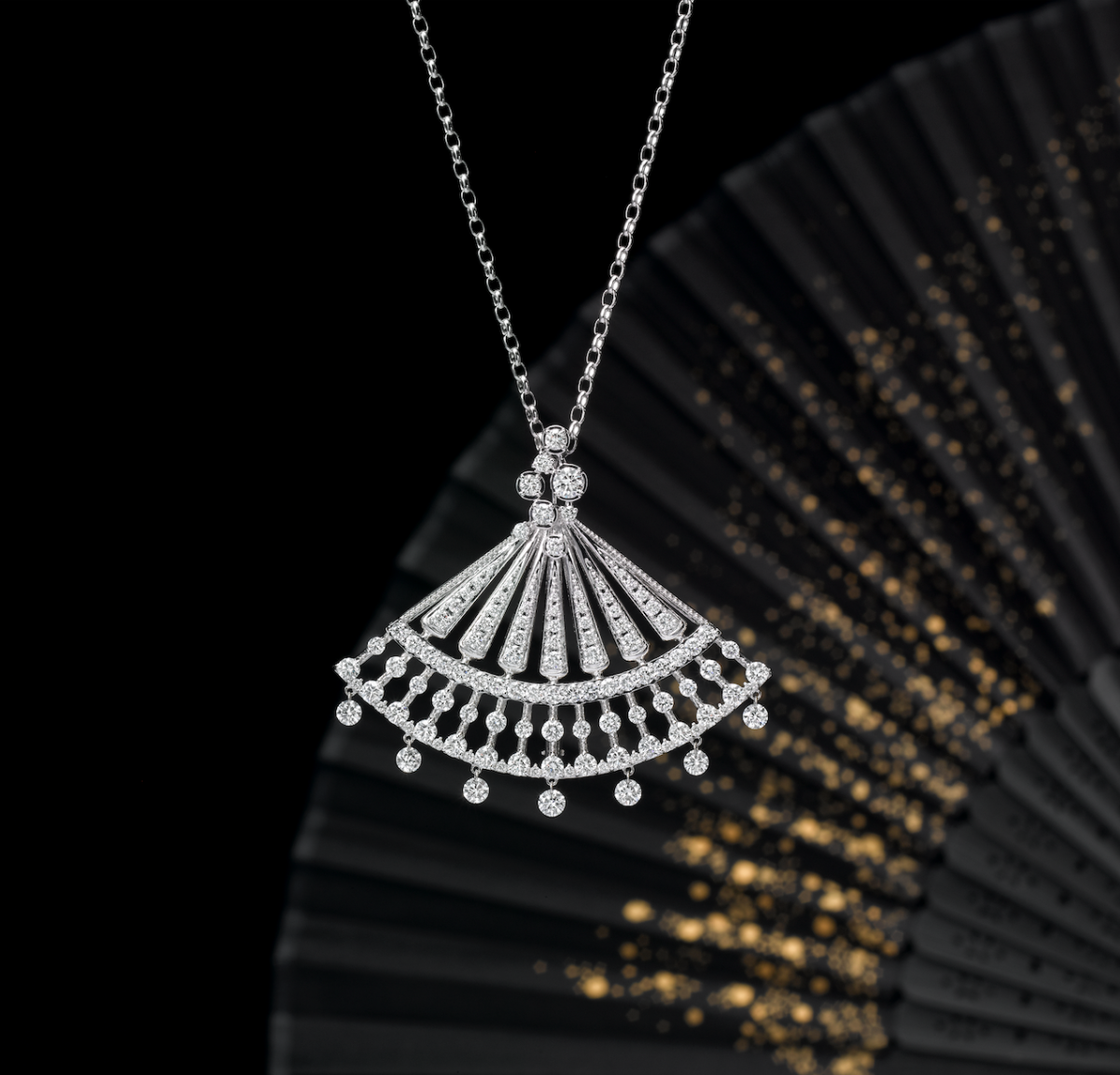
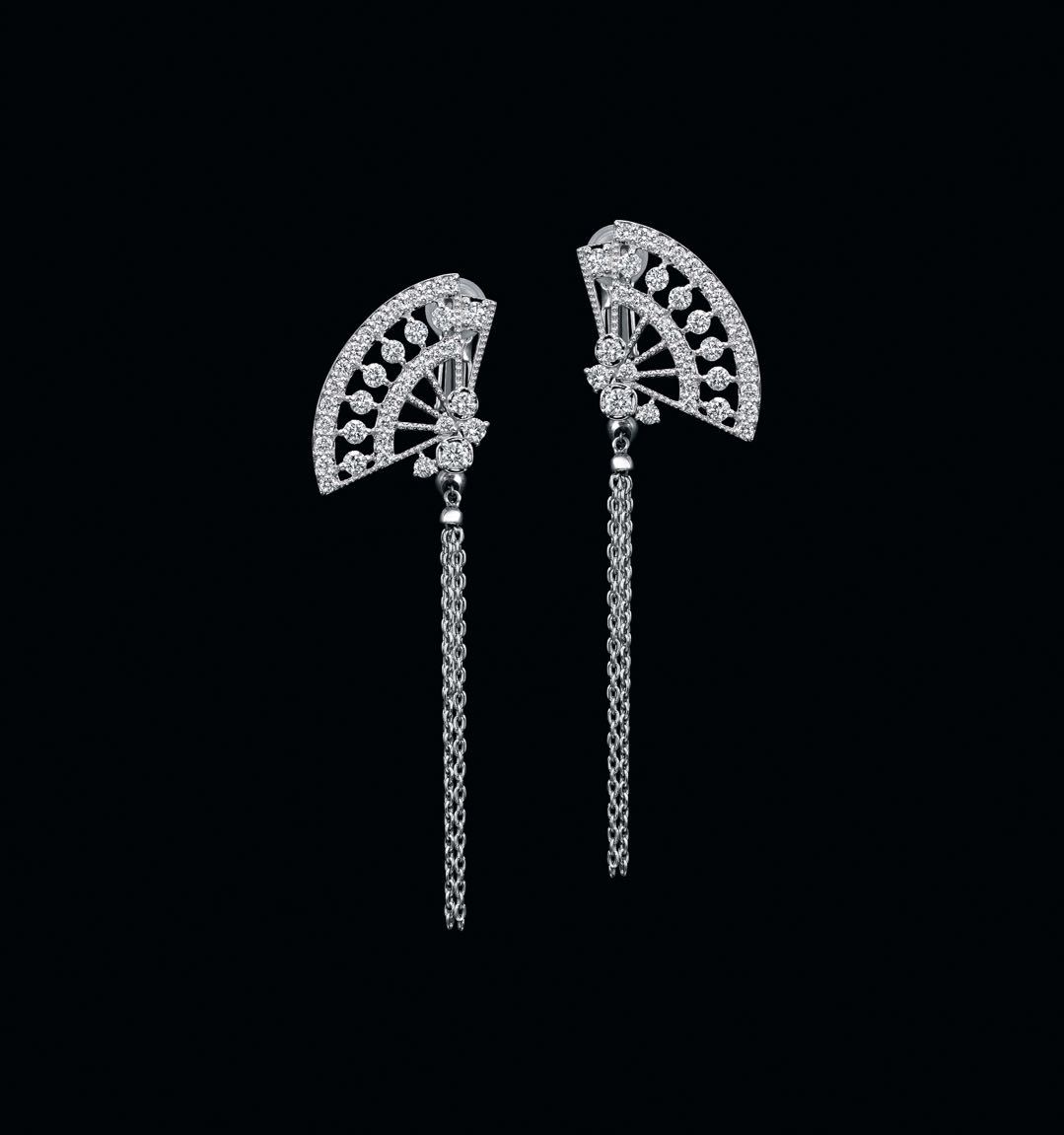
Enter the Chinese market = Opportunities + Challenges
According to a De Beers' report, China is one of the largest jewelry consumption markets in the world, with an expenditure of 10 billion dollars only on diamond jewelry in 2017. At the same time, China's jewelry consumer groups have changed dramatically over the past few years. With those born in the '80s and '90s becoming the main consumer groups, the driving factors of jewelry consumption have changed from the "rigid demand" for marriage in the past to daily consumption, and consumers have a significantly higher acceptance of jewelry brands that relate to their sense of design.
According to Luxe.COтs 2018 "White PaperТ of China's New Generation of Fashion Consumption", the new generation of Chinese consumers finds fashion jewelry quite attractive, and it is one of the most frequently-purchased fashion items besides clothing.
The growth of the jewelry market in China, as well as the change of jewelry consumersт consumption preferences, has generated great opportunities for overseas jewelry brands. At the same time, Chinese jewelry groups should take the initiative and cooperate with overseas brands to try to bring domestic jewelry consumers a new experience.
As Kagayoi's Imanishi told Luxe.co, "when we enter a new market, we can grow with consumers and explore more possibilities, so entering the Chinese market is a big step for us." Before Kagayoi cooperatedТ with JEWELRIA, its products were only sold in a physical store in Kyoto, Japan. Imanishi firmly believes that once Kagayoi successfully enters the Chinese market, the brand's customer base will grow significantly, and its success in the Chinese market will give the company confidence to enter other global markets.
However, when overseas brands enter a new market, they inevitably encounter a problem of acclimatization. It is impossible for them to copy the model of other countries, especially in the huge and changeable Chinese market. Therefore, every overseas brand needs to learn and master the form and rhythm of the Chinese market.
According to Liao, it is not difficult for overseas jewelry brands to enter China once they understand the culture of the local market and become familiar with it. This is aligned to the belief of Ducas and ImanishiТ that "unfamiliarity" is the biggest obstacle for overseas brands to flourish in China. How to integrate into the local market andТ establish contact with local consumers are problems that every overseas brand must face when entering a new market. This is also why some overseas brands are eager to enterТ the Chinese market, but have not done so yet.
Mutual Choice Between Overseas Brands and Local Partners
Annoushka and Kagayoi both exclusively cooperated with JEWELRIA to officially enter the Chinese market in September 2019.
Liao Zhenwei introduced the concept of an "experience store" launched by JEWELRIA a few years ago, and further improved the store experience with more modern interior design and displays, as well as scientific and technological devices. Since the new generation of consumers demands high quality and a unique shopping experience, the group has begun to consider extending this concept to more segmented businesses to meet the needs of different consumers.
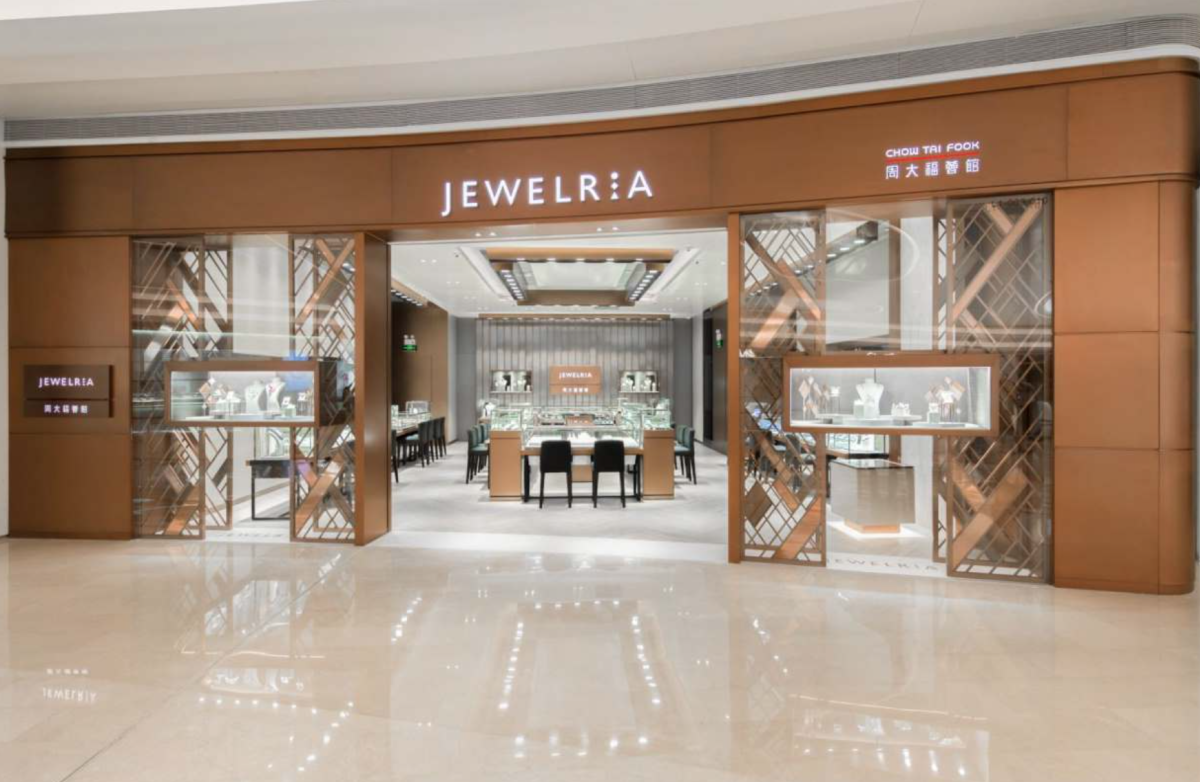
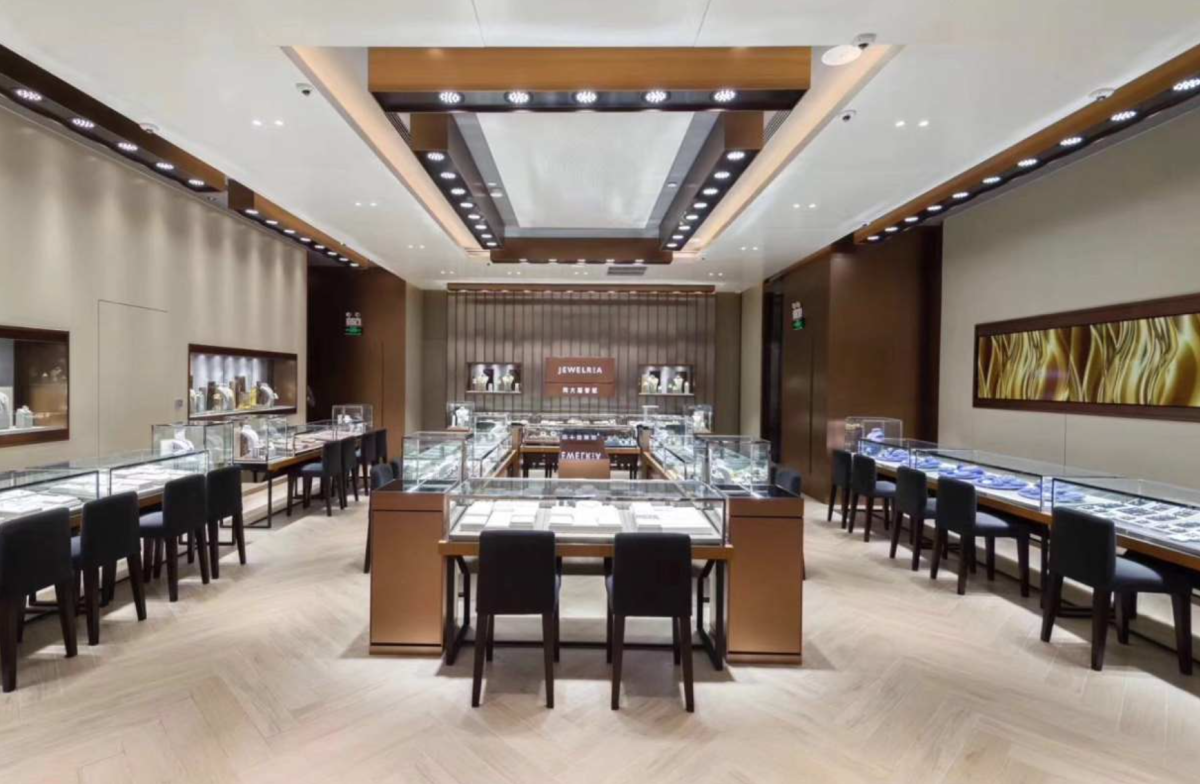
The main reason consumers favor multi-brand collection stores is that they accommodate the products of multiple brands, which are often sufficiently diverse to meet the needs of different individuals to the greatest extent.
The main advantage of brand collection storesТ for overseas brands entering a new market is the cost. Compared to single-brand stores, this model shares the rent, labor, and other costs, reducing the pressure of brand operation. This is why Ducas and Imanishi decided that it was better to find a local partner to help them cope with all kinds of "maladjustment" and "unfamiliar" issues rather than fighting to enter a new market alone. It was this that established the foundation of their cooperation with Chow Tai Fook.

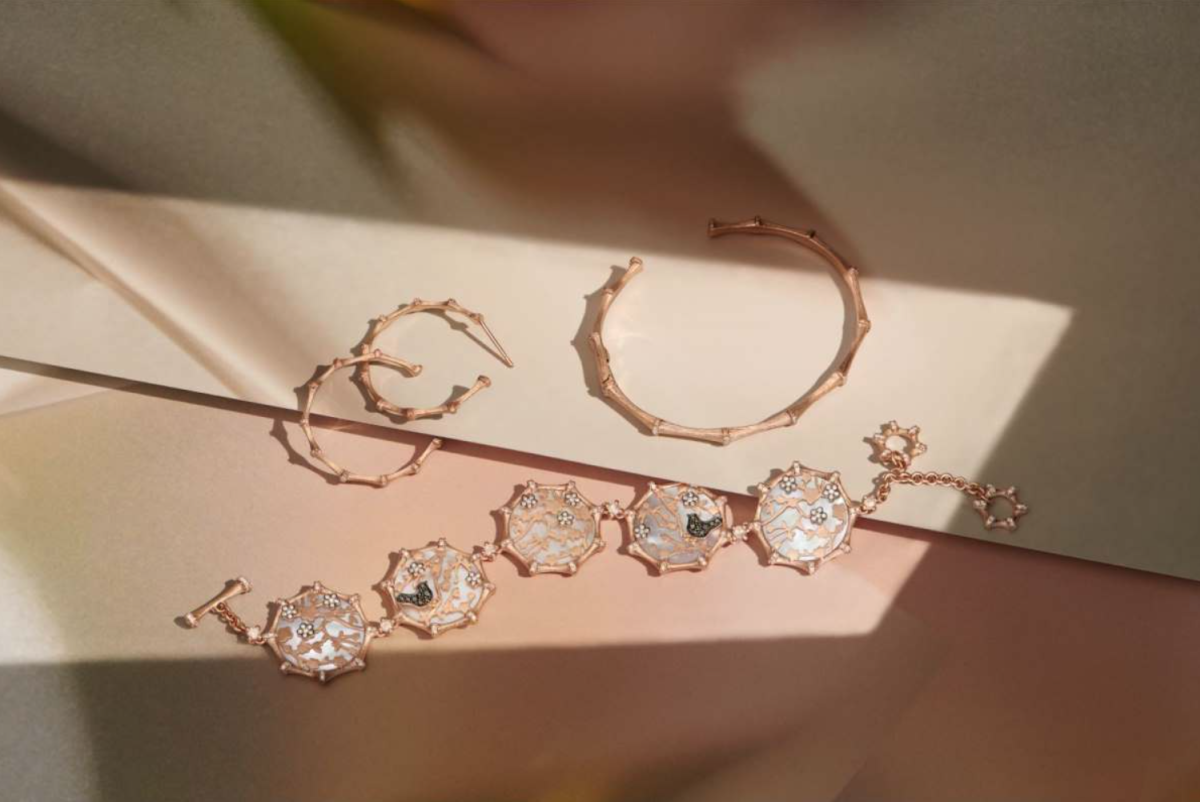
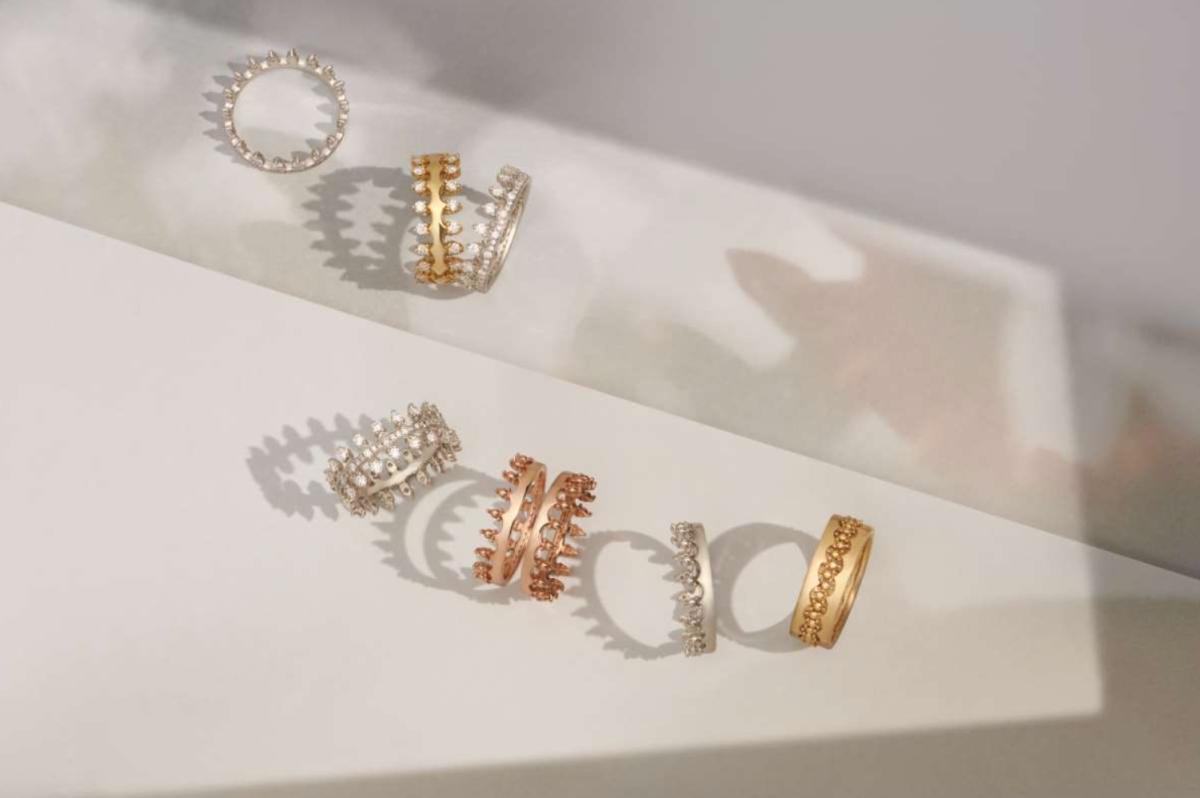
In the interview, Liao revealed that the cooperation with Annoushka and Kagayoi was finally determined after field visits and in-depth exchanges with the brand. He stressed that the most important thing for JEWELRIA when choosing a cooperative brand is whether the two sides have a common idea about the jewelry industry. Multi-dimensional inspections were conducted to ensure that consumers could truly experience the original cultural charm of the international brand through its design, process, and quality. In this way, the overseas brand isТ able to preserve its designsт characteristics and consumers can enjoy a deeper cultural and historical experience beyond just shopping.
What Does JEWELRIA Bring to Overseas Brands?
Due to the flexible business model and multi-channel marketing mode of Chow Tai Fook, JEWELRIA has exclusively cooperated with international brands, such as Annoushka and Kagayoi, in a pure import form.
JEWELRIA is responsible for the selection and introduction of the original products after the preliminary communication and investigation, and the establishment of a cooperative relationship with the brand. After the group's quality inspection, the products are delivered to Chinese customers through physical stores, limited time stores, e-commerce, and other channels. JEWELRIA has currently opened 45 stores in China and will continue to expand its offline channels in the future; on the other hand, it has a presence on Tmall and Jingdong as online sales platforms.

According to Liao, as a jewelry group that has been deeply engaged in the retail market in mainland China for 20 years, the secret of Chow Tai Fook's success lies in its competitive products and services. As Liao said, "in JEWELRIA, the cooperative brands provide us with high-quality products, and in return, we provide them with the best service, including sales training, business development, customer relations and other aspects."
It is worth noting that JEWELRIA regards limited time stores as key multi-channel links. Most limited time stores are established in malls or shopping centers where there are no physical stores yet, and some of the goods in these stores are sold within a limited time. For example, the Brazilian jewelry brand, Ara Vartanian, and the Thai jewelry brand, Kavan & Sharart, which appeared in the JEWELRIA Kerry Center Limited time boutique, are only sold in the limited time shop. Overseas brands can use this format to test the Chinese market, and then decide whether to settle in for a long time after feedback from local consumers.
The establishment of trust between the brand and consumers is particularly critical in the jewelry industry. Both Annoushka and Kagayoi said that Chow Tai Fook provided them with an endorsement of trust to enter the new market in China. This is why Ducas said "trust is the foundation. Consumers' trust in Chow Tai Fook also helps them to trust us."
Besides, JEWELRIA also focuses on providing sales staff with professional guidance in terms of brand culture, product design and display, to ensure that they can convey brand information to customers. This resonates with both Annoushka and Kagayoiтs saying that тbringing it face to face with customers is the first line to deliver a brandтs uniquenessт.
More interview recordings:
Luxe.Co: How do you think global jewelry consumers have changed? WhatТ characteristics do you think are specific to Chinese jewelry consumers?
Liao: The number of wealthy young Chinese jewelry consumers has grown. They know what they want and they can express themselves very well, which has led to a change in consumption habits. They have a deeper understanding of different cultures around the world and wish to pursue all aspects of the buying experience. Therefore, Chow Tai Fook is also changing from product and sales-oriented to consumer-oriented. JEWELRIAтs target group consists of middle-class consumers who are pursuing a better quality of life based on high-end jewelry products.
Ducas: the new generation of Chinese consumers is highly educated, love tourism, and pursue self-expression and personality. Due to the deeper global influences of feminism, 85% of consumers are women, who are seeking self-rewards.
Imanishi: the tastes and preferences of young consumers are changeable, and it is difficult for brands to keep up with them.
Luxe.Co: why did JEWELRIA choose to open both online and offline channels when it was launched?
Liao: digitalization has penetrated the daily lives of consumers and made communication more convenient. Online channels are very important for high-end jewelry brands to maintain a brand-customer relationship and customer communication. At the same time, consumers still need physical stores to try on, match and experience the products.
Ducas: my experience is that physical stores are necessary, and once consumers know the brand or have consumed it, they will buy it online for a second time.
Luxe.Co: how do you view the combination of jewelry brands and online channels? Some high-end brands may hesitate to useТ online channels because of the possible negative effect on their brand image. Do you have any concerns about this?
Liao: whether online or offline, building trust with consumers is always the first task. If you can ensure quality and service online, then online does not damage your brand image.
Ducas: we have been operating e-commerce for a long time, and we firmly embrace all channels. Many consumers make a lot of online purchases now because they can place orders online and pick up the goods offline. We can deliver brand information and tell stories to consumers through online channels.












Comments